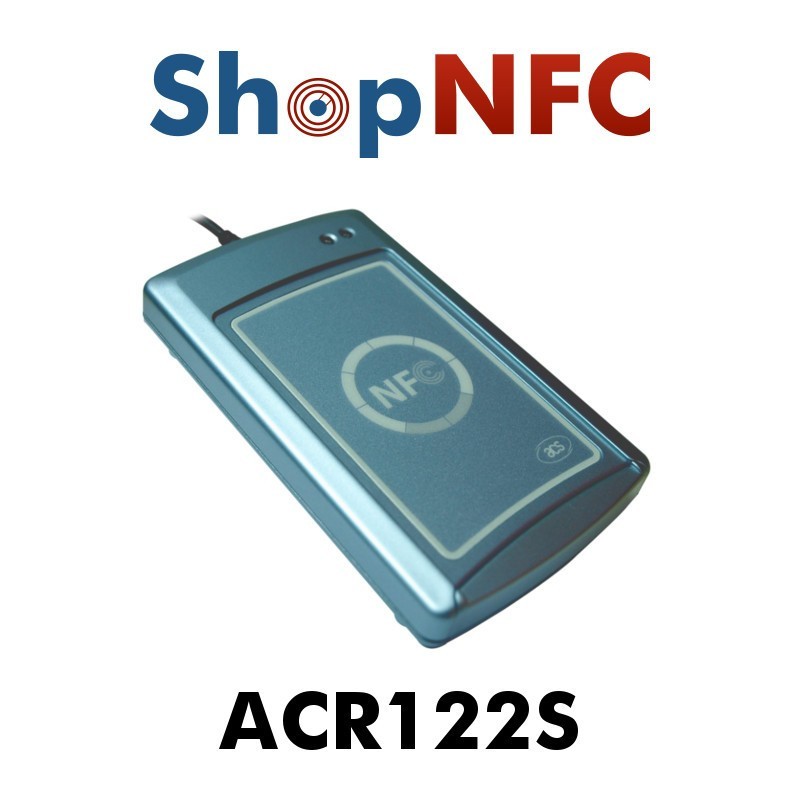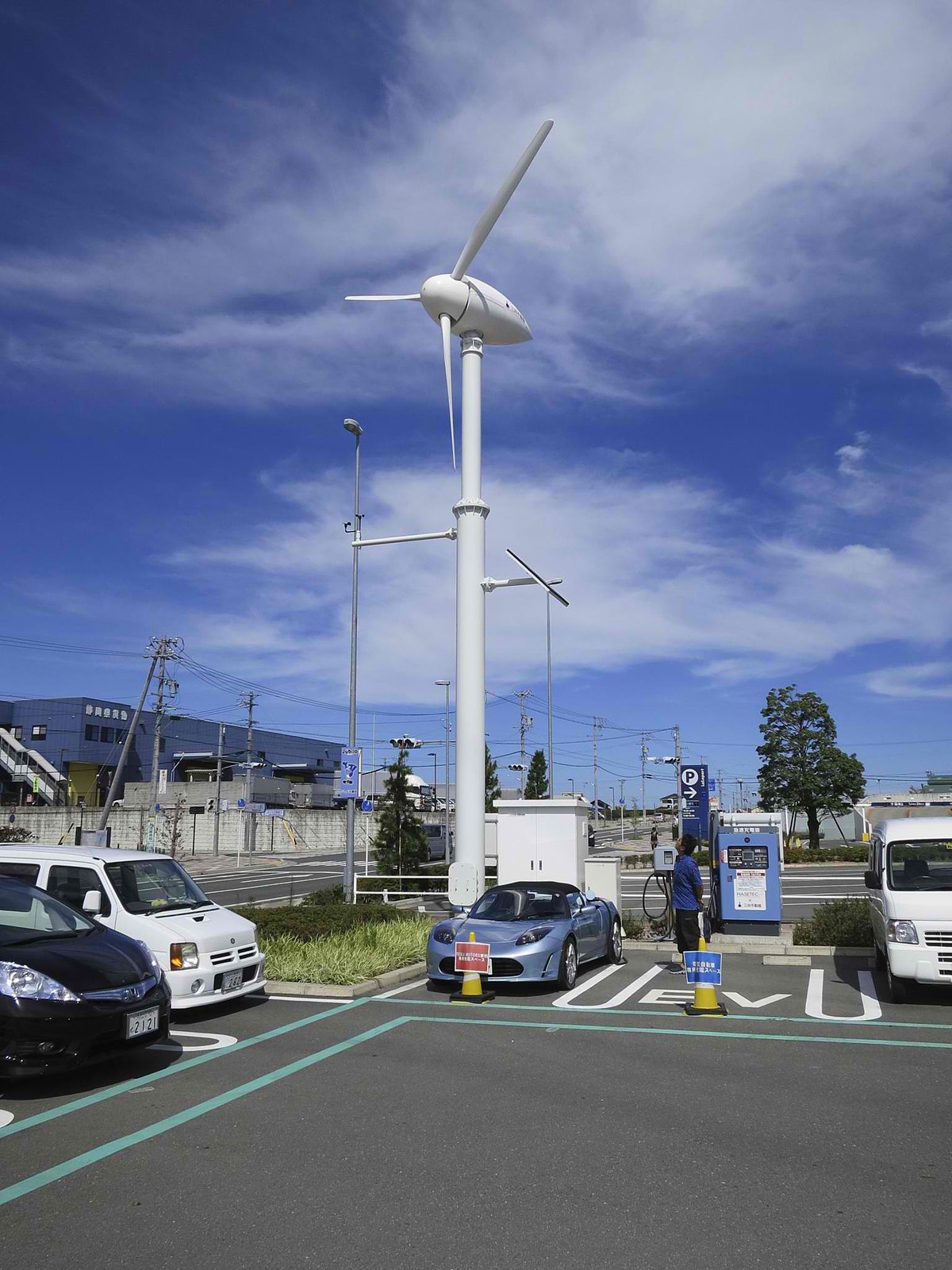Follow along with the video below to see how to install our site as a web app on your home screen.
Note: This feature may not be available in some browsers.

To clarify, not "Credit cards" as in bank cards, but cards with writable memory that allow you to create a token payment system, so you can "top up" a card and then subtract units as it is used.that there is a module that can read credit cards and the ability to make payments.
Maybe you have a link to Amazon?To clarify, not "Credit cards" as in bank cards, but cards with writable memory that allow you to create a token payment system, so you can "top up" a card and then subtract units as it is used.
What is a square terminal?
What is a square terminal?
One of the things they appear to produce is a terminal that can be incorporated into other products.What is a square terminal?
By researching all the requirements (which 'could' involve large fees to access - who knows), and then designing a system to meet those requirements.One more question guys, how do I implement this charging process?
There are two approaches:how do I implement this charging process
Start again and give fully detailed info on what you mean?Maybe I didn't express myself clearly, I was asking how to achieve charging (electricity)? Do I need a battery pack or something to make it happen?


